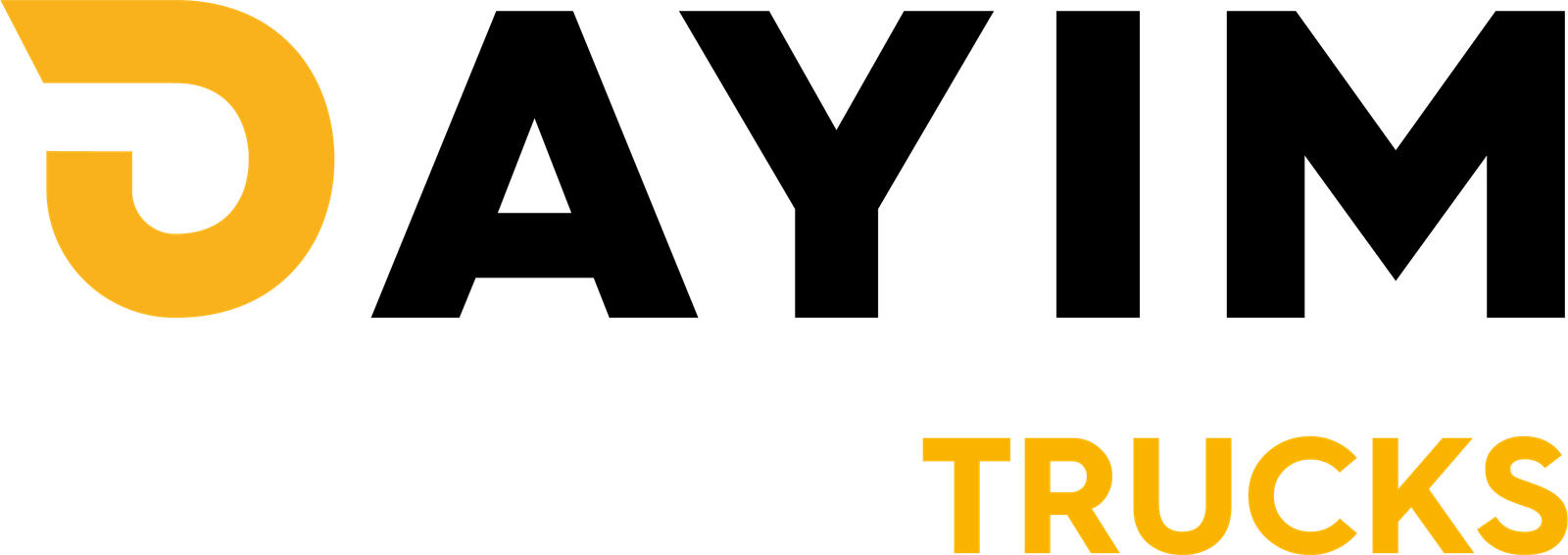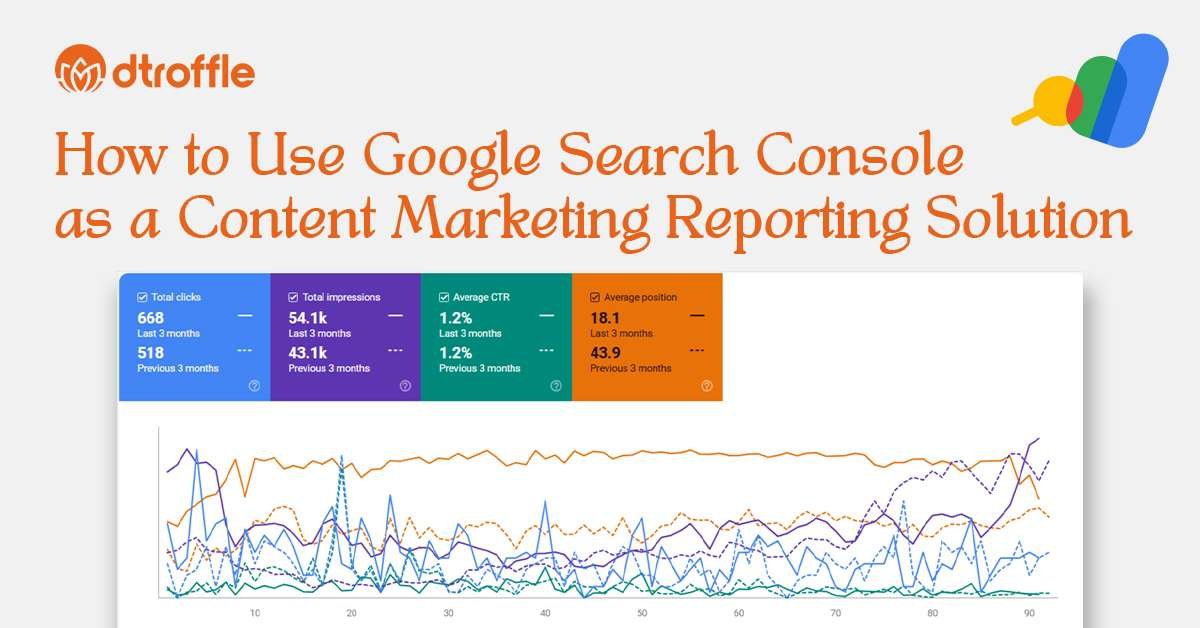3 Quick Tips to Improve Your Website’s Ranking by SEO: Page load time, image optimization, and proper use of header tags are three of the most important SEO factors for any webpage. Almost every SEO professional knows that these elements play a crucial role in improving website rankings. In fact, if implemented correctly, they can help a webpage rank faster because they enhance responsiveness, user experience, and overall site performance.
Of course, SEO is not limited to just these factors. Content should also be user-friendly, informative, and well-structured – where header tags play a vital role. Similarly, website speed depends on multiple factors, but since images are often the heaviest elements above the fold, optimizing them becomes essential for better performance.
In this article, “3 Quick Tips to Improve Your Website’s Ranking by SEO”, we’ll explore these three core areas in detail, understand why they matter, how to optimize them, and how they can quickly boost your website rankings.
1. Page Load Time
Page load time is a critical factor for both user experience and SEO. Search engines like Google prioritize fast-loading websites, and users are more likely to leave a site that takes too long to load. Here are some ways to enhance your page load time:
- Optimize Your Code: Minimize CSS, JavaScript, and HTML to reduce the size of your pages.
- Enable Compression: Use tools like Gzip to compress your files and decrease their size.
- Leverage Browser Caching: Store some of your website data on users’ browsers so they don’t have to reload the entire page every time they visit.
- Use a Content Delivery Network (CDN): CDNs distribute your content across multiple servers worldwide, reducing the distance data must travel to reach users.
By improving your page load time, you can enhance user experience, reduce bounce rates, and boost your search engine ranking.
2. Optimize Images
Images play a significant role in making your website visually appealing, but they can also slow down your site if not properly optimized. Here’s how to optimize your images for better SEO:
- Choose the Right Format: Use JPEG for photographs and PNG for graphics with fewer colors. WebP is a modern format that offers better compression rates for both types.
- Compress Images: Use tools like TinyPNG or ImageOptim to reduce the file size without compromising quality.
- Use Descriptive File Names: Name your images with relevant keywords instead of generic names like “image1.jpg.” For example, “blue-running-shoes.jpg” is more effective.
- Add Alt Text: Alt text helps search engines understand the content of your images. Include relevant keywords naturally within the alt text, but avoid keyword stuffing.
Optimizing images improves page load times and enhances your website’s accessibility and SEO.
3. Use Header Tags Properly
Header tags (H1, H2, H3, etc.) are essential for structuring your content and making it easy for users and search engines to understand. Here’s how to effectively use header tags:
- H1 Tags: Use a single H1 tag for the main title of your page. It should clearly describe the page’s content and include your primary keyword.
- H2 Tags: Use H2 tags for subheadings to break your content into sections. This helps readers scan the content and improves readability. Include secondary keywords in H2 tags where appropriate.
- H3 and Lower Tags: Use H3 and lower-level tags for further sub-sections within your H2 sections. This creates a clear hierarchy and structure, making your content more organized and user-friendly.
Proper use of header tags improves the user experience and helps search engines understand the hierarchy and relevance of your content, leading to better ranking.
Conclusion
Improving your website’s ranking involves a combination of technical optimization and content strategies. By focusing on page load time, optimizing images, and effectively using header tags, you can significantly improve your site’s performance and search engine visibility. Implement these quick tips to see noticeable improvements in your website’s ranking and overall user experience.
You May Also Like to Read:
- Common Mistakes to Avoid for Agra Business
- Digital Marketing Content Optimization Guide
- How to Optimize Your Website from No Clicks to More Clicks
- Wat is Content Marketing & Importance in Digital Marketing?
- 7 Content Marketing Reporting Tools





